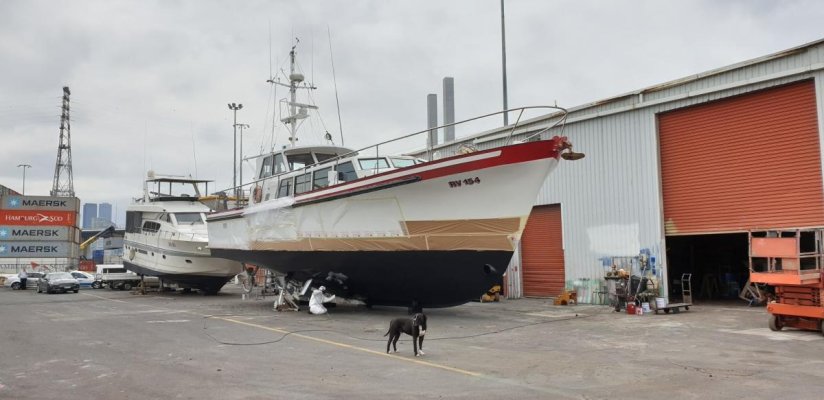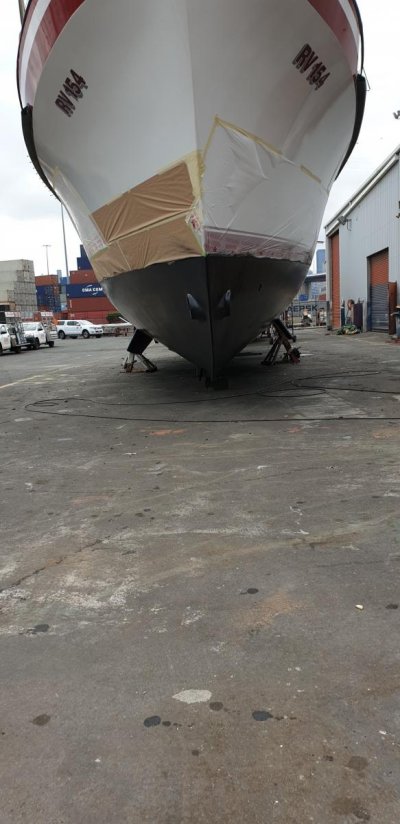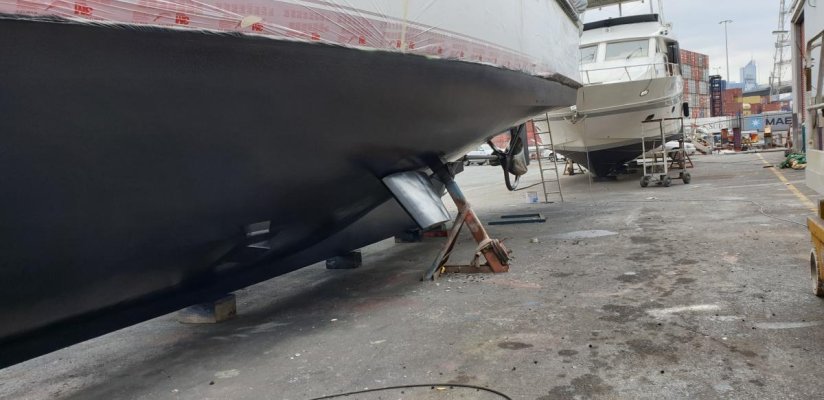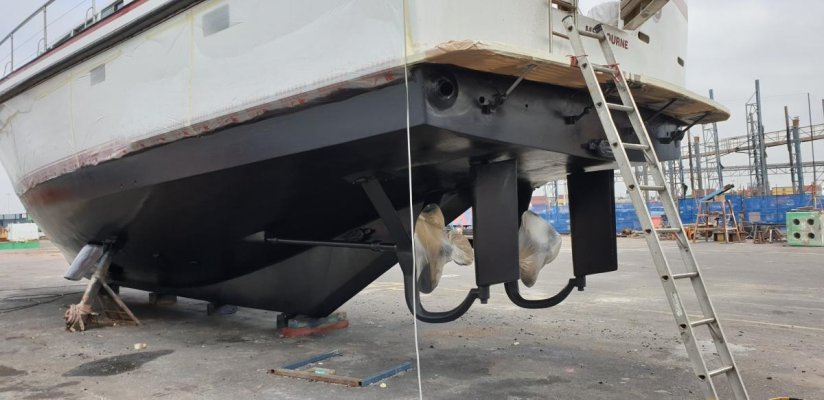Roll timing was really useful in the days before the PC and easily available hydrostatic software. It gives only a vague indication of stability characteristics, and is too crude to give a exact idea of the effect adding weight might have. If your roll time is 1-1.1 times the vessel's beam in metres, the boat is safe and will be reasonably comfortable in a sea.
So if your boat's beam is 12'6" and roll time (all the down on port to all the way down on starboard and back all the way down on port is one full roll) is 3.7 seconds, 12.5/3.28 = 3.81 metres / 3.7 seconds = .97 .....close enough to 1.
If the roll time is shorter the boat is stiffer, it rolls more quickly and will be safe but uncomfortable, most planing boats will fall into this category. If the roll time is much longer than the beam in metres there is cause for concern and stability should be more seriously investigated.
Stability cannot be seriously assessed visually, the "Complex calculations" must be done. This involves either finding a hull lines drawing for your boat, which can be impossible for older production boats, or having a naval architect measure the hull out of water, and create a new hull lines drawing/computer model. It also requires taking floatation measurements to establish the boat's operating displacement, and doing an inclining experiment to establish the vertical centre of gravity. The NA will use all this information, plus data on size and location of tanks and crew and stores and cargo (if any) to create a real stability study and then the ISO CE (Category A, B, C, or D) stability worksheets can be completed.




